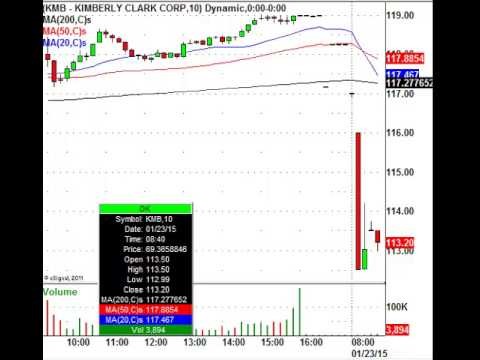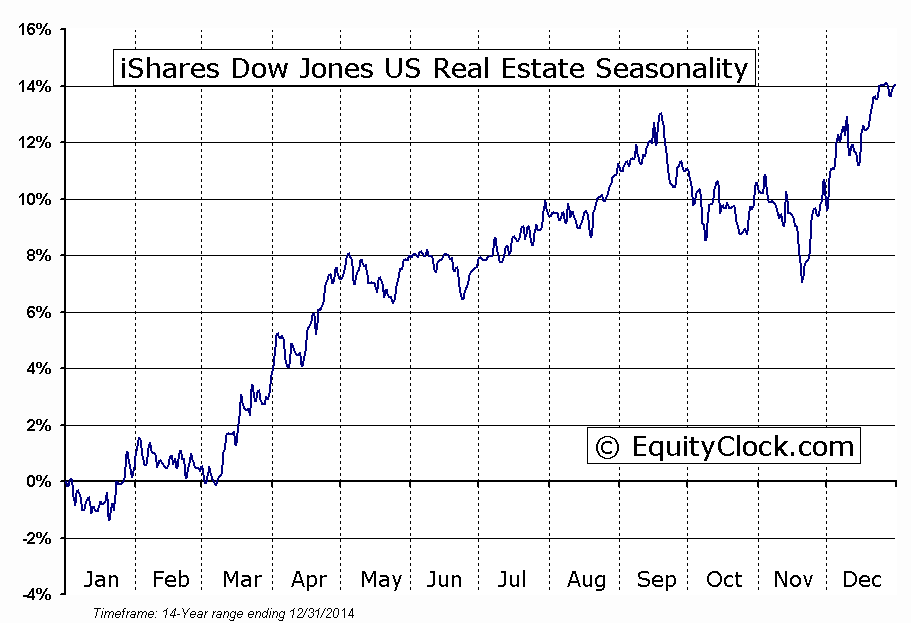8 ETF Earnings Season Investment Strategies
Post on: 6 Апрель, 2015 No Comment

How to Play Earnings Season with ETFs
Did you mean ?
Sign up
You can opt-out at any time.
Earnings season. It happens four times a year and you need to be ready for it. Poor earnings, earnings that exceed expectations. Your positions either depend on it or need to defend it. Thats where ETFs can help. Whether you need to hedge downside, gain exposure to sectors, or increase volatility, exchange traded funds can be the best tool in your investing arsenal. Heres how ETFs can be a part of your earnings season trading strategy .
1. Market Index ETFs for Broad Market Exposure
Is this the earnings season of all earnings seasons? Is the market going to be better off after major companies tell their financial stories? Whether you strongly agree or disagree, a market ETF can help you capitalize.
With one simple transaction you can have a long or short position in the overall market with a market index ETF. You dont have to buy a multitude of securities, you dont have to deal with the difficulty of selling an index basket. and you can keep your commissions and fees under control. All the while letting you apply your investing strategy to the overall market. Whether its a SPDR ETF to track the DOW or a QQQQ ETF to track the NASDAQ, you can make a market ETF trade and gain instant exposure.
2. Industry ETFs for Sector Strategies
Maybe your research indicates a certain industry will do well. Easy enough, purchase a sector ETF and get long an entire industry. Do you think oil mining companies will perform well this earnings season? Buy an oil industry ETF like the OIH giving you an investment that directly correlates to oil mining companies.
You dont have to be long, either. You can easily just sell and industry ETF and put on an instant short position in the sector of your choice. All the while reaping the benefits of ETFs.
3. Country ETFs for Foreign Market Exposure
Is a certain region dependent on a certain commodity? Do you think there is a shortage of that commodity and companies are struggling because of it? Then you may want to protect your downside with a foreign ETF. If you feel the companies in a region will have a poor earnings season, use a region ETF to your advantage and put on a short position to either protect your downside risk or capitalize on your investment strategy.
Keep in mind that while ETFs have a tax advantage when it comes to capital gains, tax laws in foreign countries may differ. That could have an impact on the tax structure of the ETF as well as your tax return. Make sure you conduct your due diligence before adding any type of foreign ETFs to your portfolio.
4. Foreign Currency ETFs for Interest Rate Exposure
Following with our foreign market ETF discussion, using foreign currency ETFs is another way to gain international exposure. Maybe you feel a countrys earnings season will have a serious impact on its interest rates and overall economy. Consider a currency ETF in order to hedge against a move in the value of that countrys currency.
You can even take this a step further and use an entire regions currency like the Euro. Or you can play a countrys currency against other countries you feel may have the opposite earnings season. Play the Yen against the British Pound, the Euro against the Dollar, etc. With currency ETFs, the options are unlimited.
5. Basic ETF Options Strategies for Playing Earnings
Speaking of options, ETF options can be great assets for your earnings season investment strategy. ETF options have limited lives and you can buy a near-month ETF option for short-term exposure, or sell a 3-month ETF option to protect downside risk throughout earnings season.
ETF options have longer time-frames like 9 months or even years (leaps), but short term ETF options are a good way to play the time-frame of earnings season. Also, they are less-expensive ways to put on positions, but the reason they are less-expensive is because they expire. The longer an ETF option lasts the higher the price. ETF options can be a fit for your portfolio, but you need to understand them before you include them in your earnings investment strategy.
6. Advanced ETF Options Strategies for Playing Earnings

If you are familiar with ETF options, then you may want to use them for volatility plays. Do you think a certain industry will be affected by current market situations? Capture the move by getting long volatility with ETF options. Buying an ETF option straddle. creates gains whether or not an ETF moves up or down.
On the flip side, is the short straddle. If you feel the price of volatility is way too high and will crash after earnings season is over, selling a straddle may be the way to go.
Keep in mind these are advanced strategies and you must be well-versed in options when trading straddles. Especially short straddles since your profit is limited to the sale price of the straddle, while your loss potential is theoretically unlimited.
7. Commodity ETF Strategies when Commodities Impact Earnings
Commodity prices can change like the wind. And sometimes can be changed by the wind. Uncontrollable factors like weather, animal life, and even disease can wipe out an entire commodity. How that could affect companies or regions dependent on these commodities, is sometimes unpredictable. So instead of an industry or region ETF, maybe a commodity ETF like gold or oil is the way to go.
If you feel a breakthrough will help solve the energy crisis, then maybe you want to buy a commodity ETF like an energy ETF. Or if you have a good feeling about gold, you can invest in a gold ETF. Including commodity ETFs in your investment strategy during earnings season is a great way to protect positions in your portfolio linked to certain commodities.
8. Inverse ETFs for Getting Short without Selling
You may want to sell an ETF as part of your earnings investment strategy, but may not be able to. Margin restrictions, short constraints, or risk management may not allow you to put on a short ETF position. Enter inverse ETFs .
Inverse ETFs are designed to move in the opposite direction of the underlying asset. For example, if you buy an inverse market ETF, you will create a profit as the correlating index falls in value. You are buying an ETF. but winning on the downside.
As you can see, there are many ETF investment strategies to utilize during the chaotic time known as market earnings season. If you havent considered ETFs for your portfolio, maybe you will now. Earnings season is a great time to get started with ETFs.














